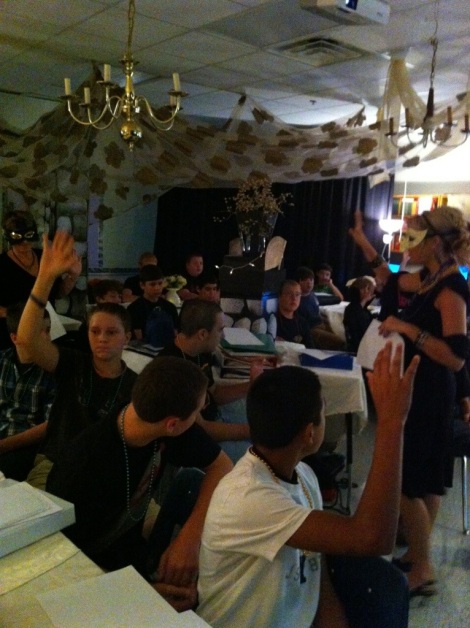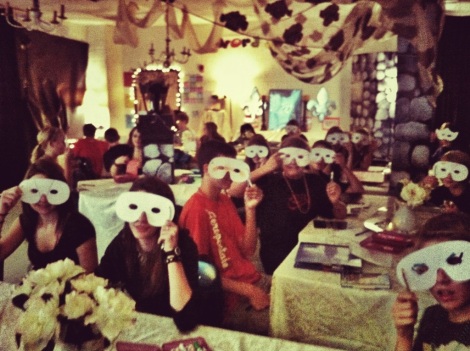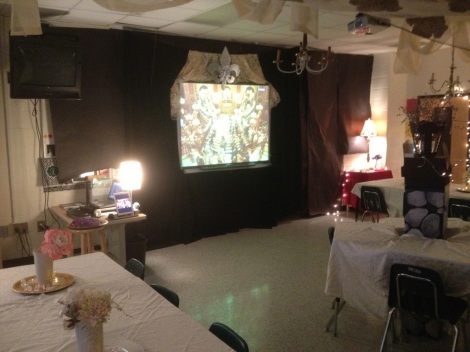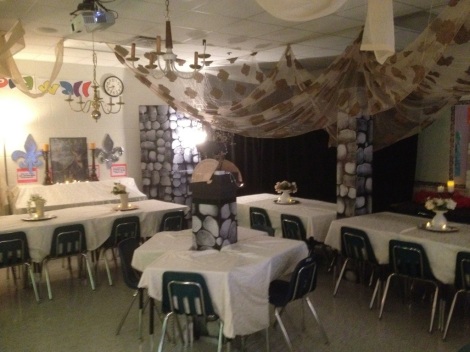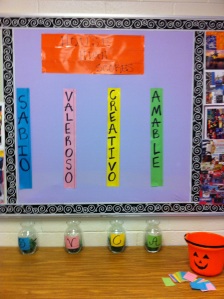It has been a little over a year since my last visit to the Ron Clark Academy, and I have had two years of implementing his strategies. For more clarification on who Ron Clark is and how AMAZING the Ron Clark Academy experience is, read my old post – The Ron Clark Academy. I’ve tried to post about what I have incorporated in my classes such as Larger than Life Lessons and Creating Classroom Culture. By far, the post that gets the most views and questions is where described how I implemented the house system in my classroom. You can read the specifics of what I did in this post – Sorting Students into Houses.
After implementing the house system, I have learned a LOT about what to do and what not to do. It is a great idea, but it really does need to be implemented well for it to work. Therefore, I’ve taken a break from my series on The Best Worst School Year to do a follow-up post on how the house system actually worked in my classroom.
What Worked:
1. Team competition is a GREAT way to engage all students, but particularly boys. They were by far the most enthusiastic about the house idea, and I got a lot of participation from them.
2. Making the sorting day magical and fun was important. I played loud music and even ordered some fun costume props from Oriental Trading for kids to use when I took their picture after being sorted. This past year, I also purchased livestrong bracelets in their house colors and gave one bracelet to each kid. It was easy and cheap!
3. Working for a unique reward motivated my students (by unique, I mean something other than the typical pizza and ice cream party…).
4. Giving points for multiple reasons that extended beyond just academics engaged my students who somewhat struggled in school. It is important that EVERY student buys in to this idea.
5. Utilizing contests for kids to earn points really got them excited. For example, I had team dress-up day where they had to come dressed in their house color. I also had Twitter contests related to the content I was teaching. For each submission to the contest, I awarded a ticket to that student.
6. Assigning activities related to the houses gave students more buy-in. For example, each house had to work in teams to submit a proposal for what the winning reward should be. I also had each group write about what song should be their house theme song.
7. Random yet even sorting is key. I know Ron Clark allows his teams to be randomly selected but not evenly selected. It really is the luck of the spin at RCA. I find that this doesn’t work for my kids. If they see that they are outnumbered by other teams, they won’t try as hard.
8. Frequent score updates are very important because it keeps up momentum.
9. Individually praising students like Ron Clark does is also a great thing to do. In my classes, I put up pictures for the highest scorers. This can also be done via the morning announcements.
10. Ask for donations! I reached out to my parents to donate rewards such as technology or gift cards that I used for our reward party. I’m sure you might have some parents or even partners in education who will be happy to donate.
Cautions:
1. Rewards can be tricky. I live in an affluent area. For one reward, I was able to secure 40 FREE movie passes to see The Hobbit on opening night. I had a lot of kids show up, but I was SHOCKED at how many weren’t interested in a free movie. I put a lot of work into getting free tickets, but that wasn’t necessarily appreciated by all students.
2. Counting by hand is tedious. I am looking for new ways to award tickets. I found that it was really hard to keep up with counting them manually as often as I wanted to. I have been scouring the internet to find apps (such as Class Dojo) that might make this easier. Next year, I want to do tickets completely electronically.
3. Keeping up momentum can be hard. It was very hard to keep up with the momentum of the beginning of the year. If you are implementing this idea as a school or as a team, make sure that every teacher buys-in and works to keep the excitement going.
4. Make sure teams are even. As I mentioned earlier, if kids feel that they are automatically on the “losing” team because of numbers, they may not participate.
5. Large teams were difficult for me as a teacher just doing it in my classes. Next year, I am looking at making five teams so that they can work together in classes on assignments and contests. Four teams are probably good for a school-wide initiative.
Have any of you tried implementing houses at your school? I would really LOVE to hear from you! I also know that Ron Clark has a school implementation specialist, Adam Dovico who will come to your school to work with faculty on how incorporate the Ron Clark model.
Please let me know your thoughts and questions! Comment here or email me at Lindsay.bowley@cherokee.k12.ga.us.

